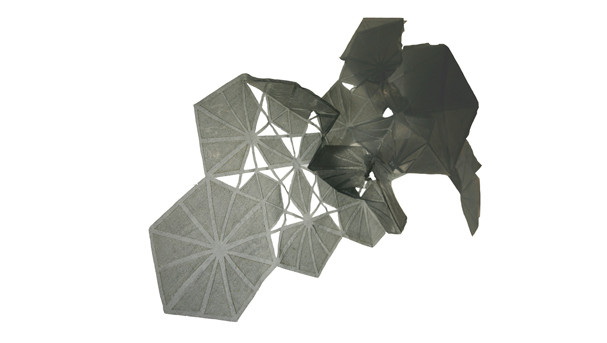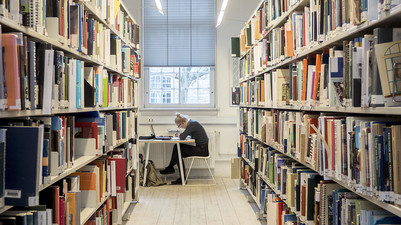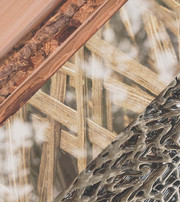
IceFern
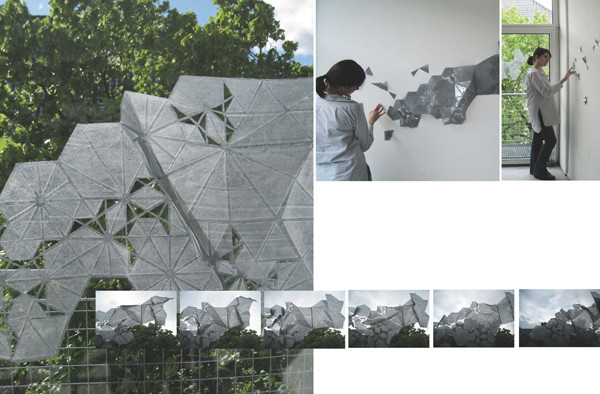
An award wining prototype by CITA for Création Baumnann.
Ice-fern is a window-sculpture designed for the Gecko Think Forward Competition organised by Création Baumann, a leading Swiss company renowned for its high quality textiles for interior design.This project has been awarded with the first prize of the competition, in the Aesthetics category, whose aim was to develop new scenarios of use for their revolutionary Gecko textile – a nano-coated material mimicking the sticking power of the Gecko lizzard.
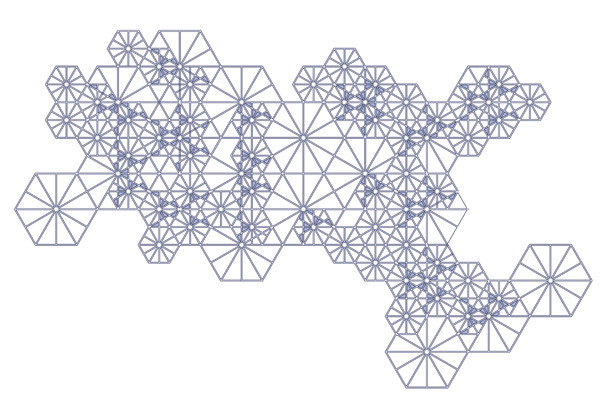
Ice-fern explores the poetics of the window and how textiles can become an integral part of this ultra-thin architectural space. This transformable window geometry is a window-sculpture evolving over time.Pushing the boundaries between curtain and wall, Ice-fern is playfully drawn from one to the other. As Ice-fern is reconfigured excess parts of the curtain are shed creating a conversation between the two. As the lizard can loose its tail, Ice-fern leaves traces of presence across the space of inhabitation.
Ice-fern is three dimensional. Consolidated scales heat pressed into the gecko fabric give the fabric an integral structure. The resident can shape this three dimensionality by loosening parts of the pattern from the window surface. Changing the sculptures three dimensional configuration shifts the diffusion of light andtranslucency. Ice-fern is bought in parts and combined at will depending on the size of window and the degree of privacy wished for. The parts combine in multiple ways creating new patterns and configurations.

They talk about it
Création Baumann: "In the 'aesthetics' category the jury were equally unanimous in the selection of the prize winner with the project by Mette Ramsgard Thomsen and Aurelie Mossé, for the CITA – the centre for IT and architecture. The architects from Copenhagen created with “ice-fern” a highly aesthetic and poetic window sculpture. Inspired by the natural phenomena of frost patterns the self adhering textile was used to create a crystal shaped, three dimensional pattern spanning the window to conquer the wall. “We were captivated by the complexity, the creative implementation and the character of the project. An ingenious cut and layering technique transforms the soft textile into a three dimensional sculpture that communes with the interior and its architecture,” expands Andreas Bründler, a member of the jury."

